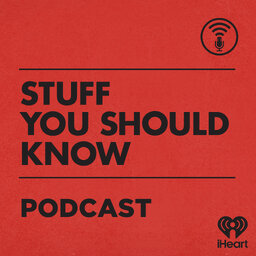How HIV/AIDS Works, Part II
In part two of the series on HIV/AIDS, Chuck and Josh explore how the battle against the disease is being fought and won thanks to new treatments and possible cures.
Learn more about your ad-choices at https://www.iheartpodcastnetwork.com
 Stuff You Should Know
Stuff You Should Know


